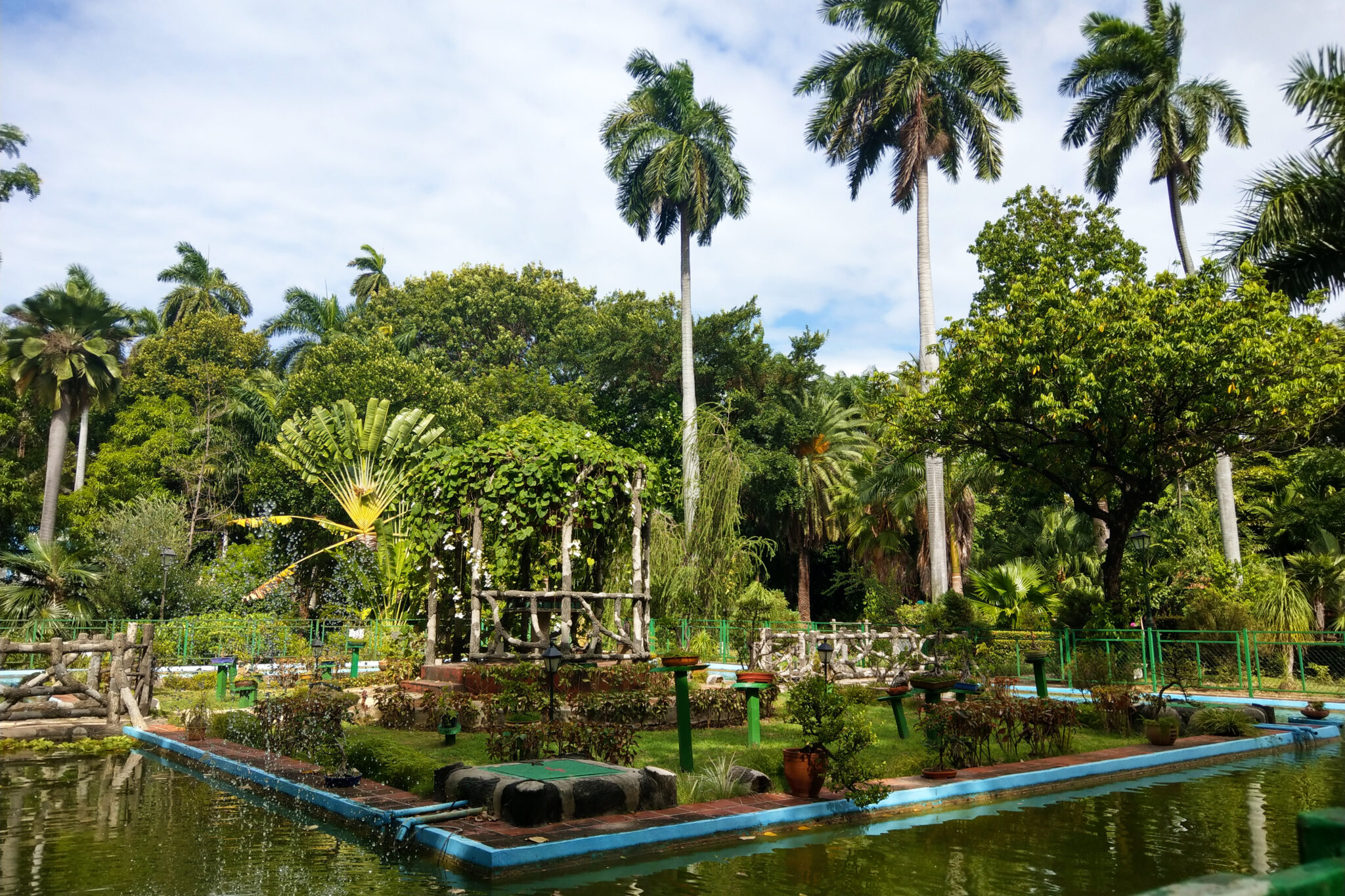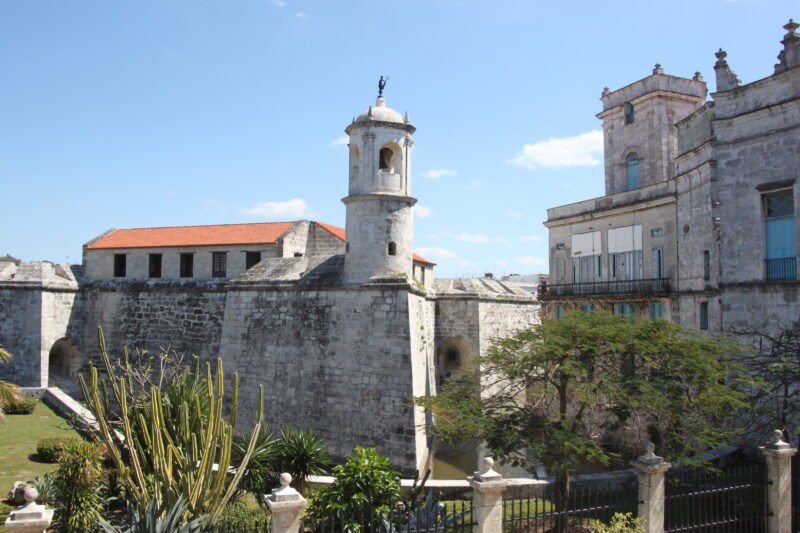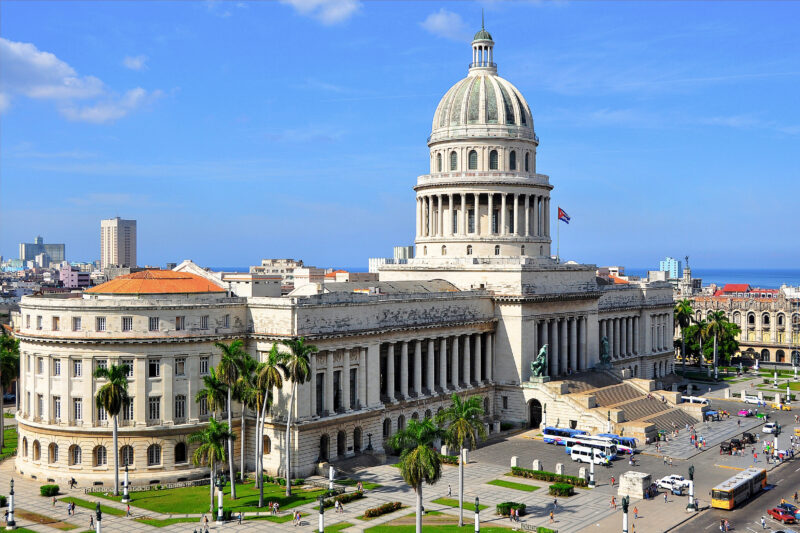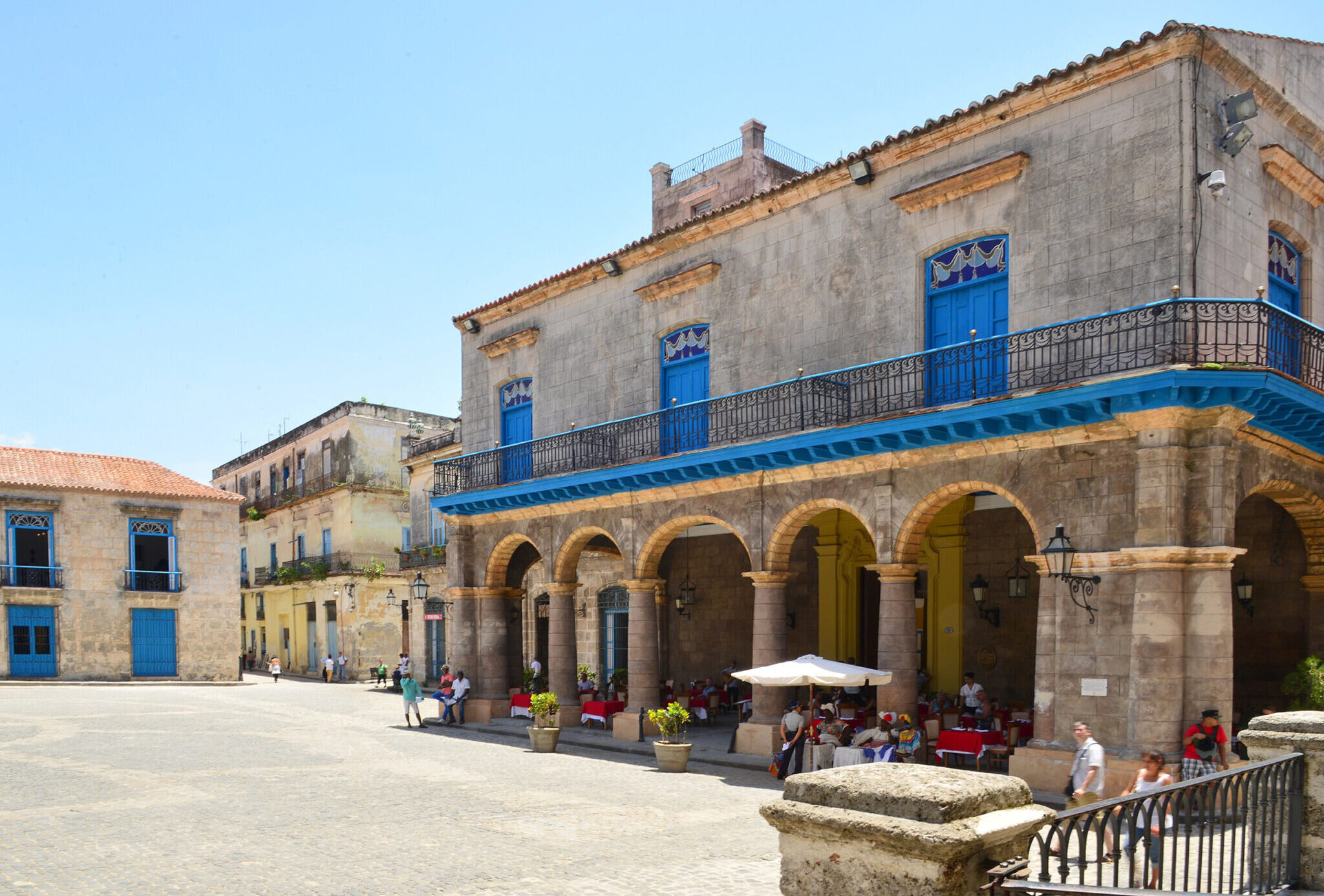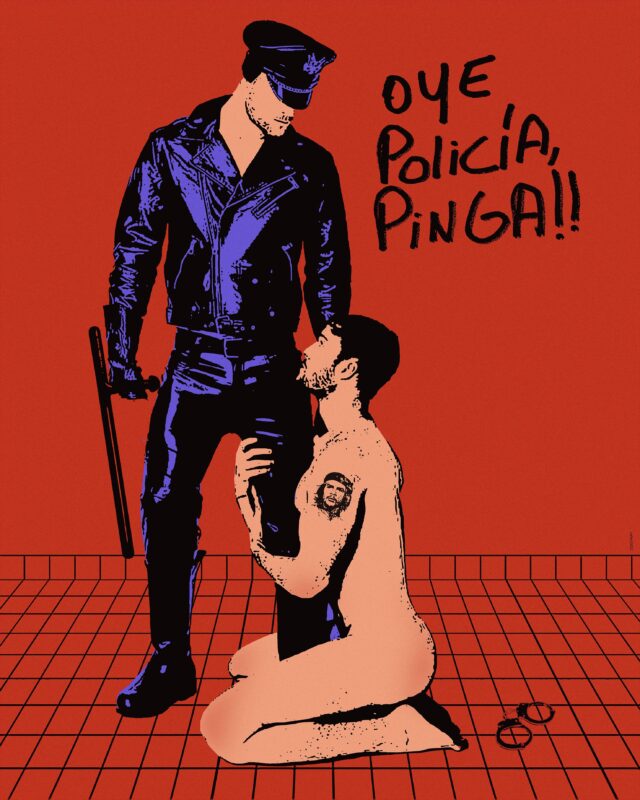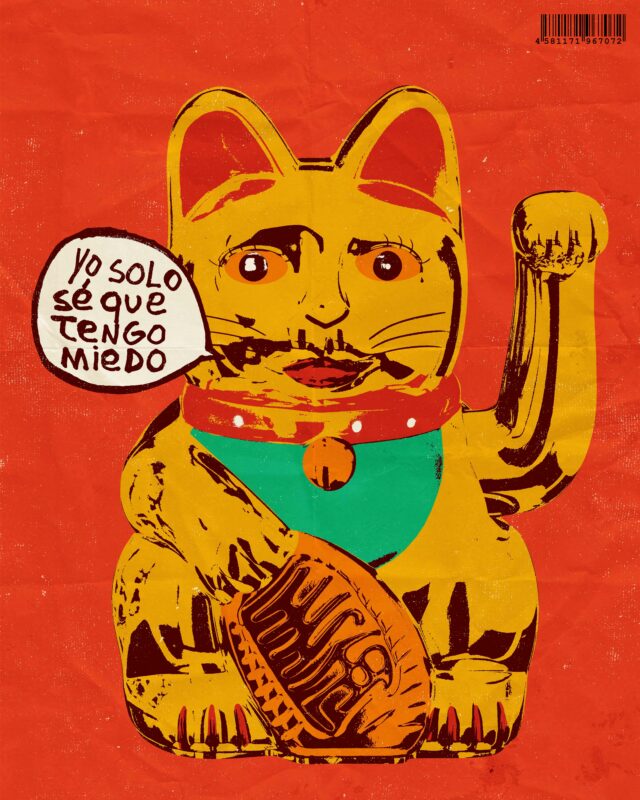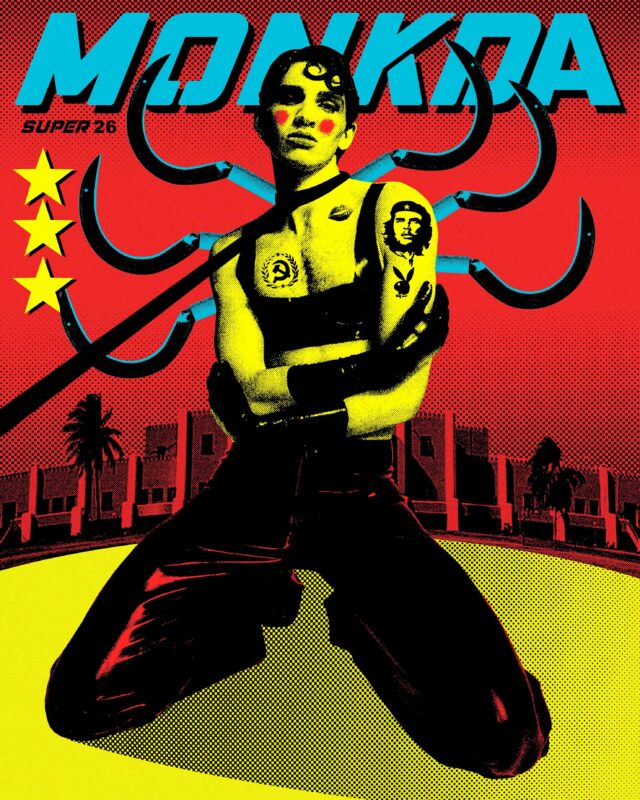In his work, Cañer Labradas deals with topics such as queer identity, sexual and political propaganda, urban eroticism, drama and cinema. For him, design is a fundamental tool with which he can manipulate and fictionalise the history of Cuba. By using digital and physical media like video art and installations, and an aesthetic that’s close to art pop and graphic humour, Cañer Labradas has found his own way to rebel.
©Coustesy of the artist
Which place do you currently call home and where do you work on your projects?
I live and work in a neighborhood called Vedado located in the center of Havana-Cuba.
Do you have a favourite place in your area where you like to relax and linger?
Nearby, I have the Colon Cemetery; it is a special place when it comes to relaxing and seeking inspiration. The Museum of Decorative Arts is a fundamental place in Vedado, with design and decoration collections of high heritage value. Also, the Museums of Fine Arts (Cuban Art and Universal Art) are important experiences to understand the history of Cuban art.
La Quinta de Los Molinos is a botanical garden in the middle of the city. The variety of trees and plants that you can find is impressive. It is a natural and very quiet space, ideal for spending an afternoon surrounded by friends.
©La quinta de los Molinos
Are there any urgent political issues or problems in your region?
Cuba is a country in which talking about politics is quite complex, and what can be known and said about it is not always the truth. The policies that have been implemented throughout the history of the Revolution have been cruel and censorious, mainly affecting artists and intellectuals who do not fit into the concepts proposed by the Cuban Government.
Cuba is going through one of the largest waves of migration, and that can give us an idea of what the current situation in the country is like. It is a very delicate issue that has plagued entire generations of families. In my opinion as an artist, the main problem is the lack of freedom of the people, which makes the context increasingly aggressive and desolate.
In your opinion, what has developed well in the last 5 years— and what has not?
In the last 5 years, some aspects have evolved positively in Cuba, such as the approval of marriage between people of the same sex, as well as other laws for the benefit of the Cuban family. A certain opening has also been observed in the field of the private economy, allowing citizens to start businesses on their own.
However, in the same period of time, censorship of art by government censors has worsened, limiting freedom of artistic expression. Furthermore, a decline has been evident in essential sectors such as health and education, with problems such as a lack of resources and qualified personnel, affecting the quality of life of Cubans.
© enrique1363, La Giraldilla – panoramio, CC BY-SA 3.0
© Capitolio national de Cuba
Do you know a hidden gem when it comes to local manufacturers—whether it’s arts and crafts, sustainable products or food?
In Cuba, there is a lot of artistic talent that often does not receive the visibility it deserves. An interesting local manufacturer worth mentioning is Manufactura Propia.
This project seeks to bring design and sustainability to incredibly sophisticated places. If we talk about “industrial” design in Cuba, it is essential to mention them for their creativity and innovative approach.
Is there anything particulary innovative in your region? Also in comparison to other places you have already visited?
In Havana, what is particularly innovative lies in the unique fusion of its history, architectural heritage, and cultural heritage. Time seems to pass more slowly; it’s surreal. The most notable thing is the diversity of architectural styles and colors that can be found on its streets. From majestic colonial buildings to vibrant street murals, the city is a melting pot of cultural influences. Furthermore, the people of Havana are a fundamental part of its innovation.
The warmth and hospitality of its inhabitants, as well as their creativity and passion for art, and the interaction between people and their architectural and cultural environment are distinctive aspects that makes Havana a truly special place full of innovation in its own history and heritage.
Do you have a secret restaurant tip that you would like to share with us?
I really like a place in Old Havana called Jama it is a very cozy Asian food restaurant and its food is of extraordinary quality and very close by is the Melodrama bar is a place small with a quite peculiar ambition, it also has a variety of very well served cocktail offerings and exquisite tapas.
Is there a local shop whose products are only available in your region?
There is a small women’s lingerie store called Cris Cris that I think is great because its products are unique and very well-made. It is a curious and good example of textile design in Havana.
What are your 3 favourite apps that you use every day and couldn’t live without?
The applications I use the most are
— Slack
Do you have any favourite newspapers or online magazines? And how do you keep up to date with politics or social and cultural issues?
The news media that I usually read to inform myself are mostly independent such as Periodismo de Barrio, El Estornudo, Rialta and OnCuba. The latter publishes a cultural billboard of the most relevant events that take place in the city, available in Spanish and English.
©Андрей Бобровский, Гавана – panoramio (36), adjusted perspective , CC BY 3.0
Imagine you could be mayor for a year—what would you change?
I would definitely create policies and spaces to support the LGBTQ+ community that work properly.
One last question: If you could choose another place to live—regardless of financial or time constrains—which one would you choose?
The truth is, I would like to live in a better Cuba, surrounded by my family and friends.
©Courtesy of the artist
©Courtesy of the artist
© Courtesy of the artist


